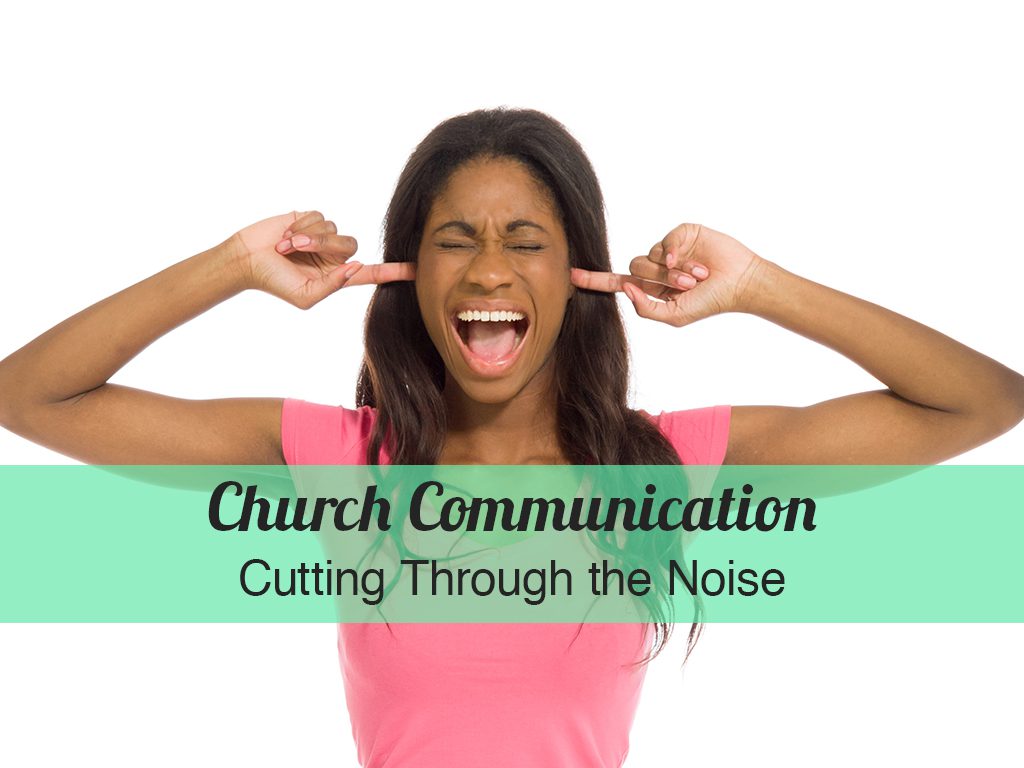The Church has the most meaningful and important message of all time. It has the power to transform history, culture, and lives — and far too often, it’s lost in transmission. The famous line from Cool Hand Luke rings in my mind: “What we’ve got here is failure to communicate.” Unless you want to have a ‘failure to communicate’, your church needs an effective communication strategy.
That is why I joined hundreds of churches gathering online for the recent #simplycommunicate conference hosted by Sayge Communication. Here are a few great ideas from the thought leaders at the conference. These can help you communicate a message that cuts through the noise.
Find your story.
Tim Peters opened the morning by interviewing Jon Acuff. If you don’t know Jon Acuff, get to know him. He has great content and is a leading voice in church communications. Jon pointed out that churches are often uncomfortable with the concept of brand development, but in reality, a brand is just the story other people tell about you.
To help figure out what your unique brand as a church is, begin by looking at what you currently do. Ask yourself, “What is my church known for?” Distill it down to the basic elements. Next, imagine you are starting over. If you were a church plant today, what would you want your church to be known for? What things are you doing today that you would keep doing, and what things would you leave out?
This thought experiment can help you identify gaps between who you are today and who you want to be. What’s left in the end is your story, and that story is a guide for how to spend your time, effort, and energy to build it into your brand.
Words have meaning.
Obvious, right? But if this is so obvious, then why do we use words that isolate people when one of our main goals is to draw them in? Kelley Hartnett, the Director of Culture and Connection for The Way Church, shared some important and helpful ways to improve our messages.
It begins with using language that dissolves the barrier between insiders and outsiders. While you might love the clever name for your kindergarten Sunday school class, a visitor with a 6-year-old might not know that the ‘Explorer Room’ is where she should take her child. Churches love to use acronyms and internal phrases, but if you are new to the church, those things make you feel like an outsider. It’s uncomfortable.
Using language to make people feel welcomed and included goes beyond calling things what they are. Think about how much Christianese is thrown around on an average Sunday. “After the benediction, we will be gathering in the narthex to fellowship and intercede on behalf of the lost.” Try to look at that through the eyes of someone who’s never been to a church before. What’s the ‘benediction’? Where — what — is the ‘narthex’? And have we ever asked how it feels to be called ‘the lost’? I can only assume it is not received well.
A good communicator knows what resonates with and what alienates his or her audience. Words create an experience. If we are not thinking about the experience our words are creating, we can often offend and wound.
Don’t fight the future.
Did you know that the millennial generation is the largest in North American history? This generation is and will be the future leaders of Christianity, and they are digital natives. Brady Shearer, Founder of Pro Church Tools, shared insights on reaching millennials.
Over 90% of millennials believe they have a responsibility to make a difference in the world.
[Tweet “Over 90% of millennials believe they have a responsibility to make a difference in the world.” -@churchtechtoday]
Think about that! If this generation is made up of digital natives who believe they make a difference in the world, we need to equip them with the technological tools they need to leave a mark that matters. Increasingly, technology is becoming a part of the discipleship process. Here are a few examples of how technology can help your small groups.
Communication is a large part of the brand of your church. The messages people hear from you can not only impact their willingness to connect within your community, but have the power to draw them to or repel them from God. For more information on how to communicate well, check out thought leaders Phil Bowdle, Justin Wise, and Sayge Communication.




